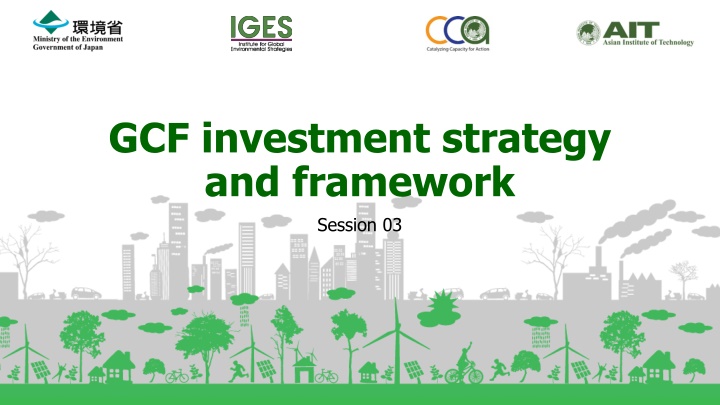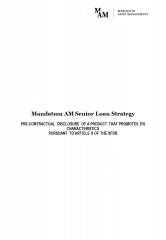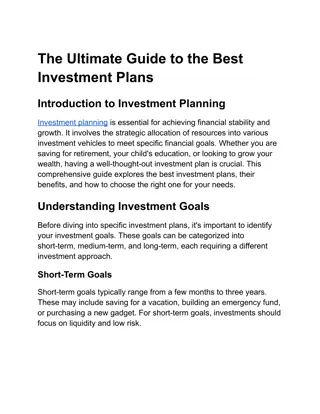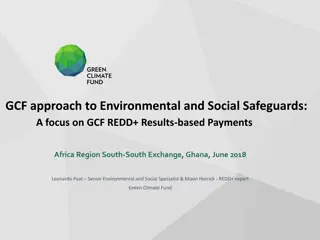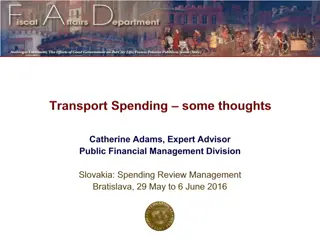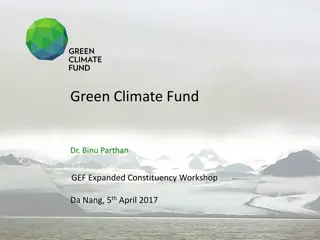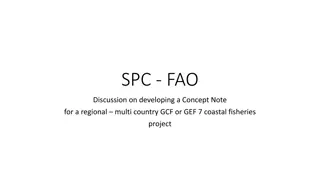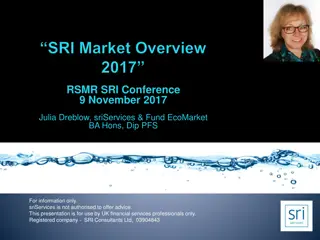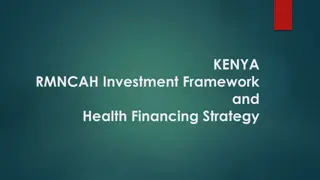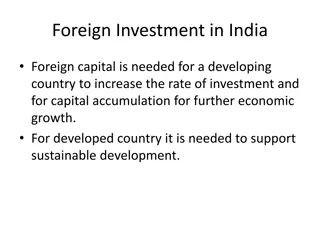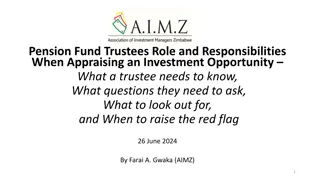GCF Investment Strategy and Framework
This session explores the Global Climate Fund's investment strategy and framework, focusing on allocation, result areas for mitigation and adaptation, as well as investment policies and criteria. The framework emphasizes support for adaptation, private sector engagement, and resilience-building in vulnerable countries.
Download Presentation

Please find below an Image/Link to download the presentation.
The content on the website is provided AS IS for your information and personal use only. It may not be sold, licensed, or shared on other websites without obtaining consent from the author.If you encounter any issues during the download, it is possible that the publisher has removed the file from their server.
You are allowed to download the files provided on this website for personal or commercial use, subject to the condition that they are used lawfully. All files are the property of their respective owners.
The content on the website is provided AS IS for your information and personal use only. It may not be sold, licensed, or shared on other websites without obtaining consent from the author.
E N D
Presentation Transcript
GCF investment strategy and framework Session 03
Allocation Framework Allocation Framework No country cap At least 50% to adaptation, of which at least half to vulnerable countries Geographic balance across broad range of countries to be achieved Maximize fund-wide engagement with the private sector, including through significant allocation to the Private Sector Facility Support for readiness and preparatory activities
Eight result areas Eight result areas MITIGATION - Reduced emissions from: 1. Energy access and power generation (e.g. on-grid, micro-grid or off-grid solar, wind, geothermal, etc.) 2. Low emission transport (e.g. high speed rail, rapid bus system, etc.) 3. Buildings, cities and industries and appliances (e.g. new and retrofitted energy-efficient buildings, energy-efficient equipment for companies and supply chain management, etc.) 4. Forestry and land use (e.g. forest conservation and management, agroforestry, agricultural irrigation, water treatment and management, etc.)
Eight result areas Eight result areas ADAPTATION - Increased resilience of: 5. Most vulnerable people and communities (e.g. mitigation of operational risk associated with climate change diversification of supply sources and supply chain management, relocation of manufacturing facilities and warehouses, etc.) 6. Health and well-being, and food and water security (e.g. climate-resilient crops, efficient irrigation systems, etc.) 7. Infrastructure and built environment (e.g. sea walls, resilient road networks, etc.) 8. Ecosystem and ecosystem services (e.g. ecosystem conservation and management, ecotourism, etc.)
Investment policy Investment policy Focus on projects that demonstrate the maximum potential for a mitigation / adaptation paradigm shift. GCF to provide minimum concessional funding necessary to make a project viable. Intermediaries allowed to blend GCF finance. No crowding out of other financing. In case revenue-generating activities are included in a proposal, these have to be intrinsically sound from a financial point of view
Investment Framework: Key criteria for investment Investment Framework: Key criteria for investment 1. Impact potential 2. Paradigm shift potential 3. Sustainable development potential 4. Responsive to recipients needs 5. Promote country ownership 6. Efficiency and effectiveness
Investment Framework: 1. Impact potential Investment Framework: 1. Impact potential Definition Coverage area Mitigation impact Adaptation impact Potential of the project / programme to contribute to the GCF s objectives and result areas
Investment Framework: 2. Paradigm shift potential Investment Framework: 2. Paradigm shift potential Definition Coverage area Potential for scaling up and replication in the context of the 2 degrees goal Potential for knowledge and learning Contribution to the creation of an enabling environment Contribution to the regulatory framework and policies Consistency with a country s climate change strategies and plans Degree to which the proposed activity can catalyze impact beyond a one-off project / programme investment
Investment Framework: Investment Framework: 3. Sustainable development potential 3. Sustainable development potential Definition Wider benefits and priorities Coverage area Environmental co-benefits Social co-benefits Economic co-benefits Gender-sensitive development impact
Investment Framework: 4. Needs of the recipient Investment Framework: 4. Needs of the recipient Definition Vulnerability and financing needs of the beneficiary country and population Coverage area Vulnerability of the country Vulnerable groups and gender aspects Economic and social development level of the country and affected population Absence of alternative financing sources Need for strengthening institutions and implementation capacity
Investment Framework: 5. Country ownership Investment Framework: 5. Country ownership Definition Beneficiary country ownership of and capacity to implement a project / programme Coverage area Existence of a national climate strategy Coherence with existing policies Capacity of implementing entities, intermediaries or executing entities to deliver Engagement with civil society organizations and other relevant stakeholders
Investment Framework: 6. Efficiency & effectiveness Investment Framework: 6. Efficiency & effectiveness Definition Economic and, if appropriate, financial soundness of a project / programme Coverage area Cost-effectiveness and efficiency regarding financial and non-financial aspects Amount of co-financing Financial viability of the project / programme and other financial indicators Industry best practices
